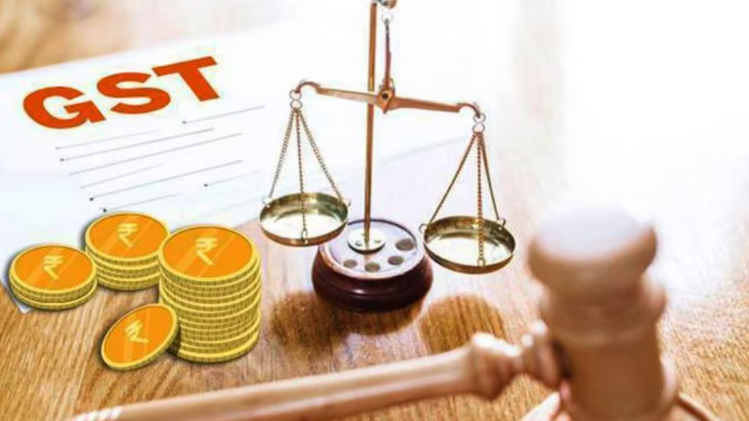The GST story – many hits, few misses
The introduction of the Goods and Services Tax (GST) in India on July 1, 2017, marked a significant milestone in the country's economic history. GST replaced a plethora of central and state taxes, aiming to streamline the taxation system to foster economic growth. This reform has left a remarkable impact on the Indian taxation sector, leading to an era of improved efficiency, transparency and simplicity in business operations. Introduction of GST could be said to have given impetus towards the vibrancy of the Indian economy.
In the pre-GST regime, the indirect tax structure in India was fragmented. Each state had its own VAT laws to impose taxes on supply of commodities, while the central government imposed taxes on manufacture of goods and provision of services. The levying of taxes at different stages of supply chain led to a cascading effect, resulting in tax burden for consumers. The GST law addressed this issue by providing a seamless credit and uniform tax structure. The simplified tax structure under GST has reduced the compliance burden and facilitated a more business-friendly environment. Elimination of border checkposts has resulted in faster movement of goods across state borders, in line with the government vision of "One Nation, One Tax".
Surge In GST Collection
Under the GST regime, 47 lakh taxpayers transitioned from service tax, VAT, and Central Excise frameworks. Currently, there are 1.4 crore registered taxpayers under GST law. Initially, the government's average monthly GST collection ranged from Rs 0.8 to 1.2 lakh crore. However, in fiscal year 2023-24, this average monthly GST collection has surged to Rs. 1.66 lakh crore. This data highlights the substantial growth in both taxpayer numbers and GST revenue since the implementation of GST.
In the era of 'Digital India,' technological advancements have played a crucial role in streamlining GST. GST portal features such as auto population of purchase data in recipient GSTINs, integration of e-invoices with GST returns and generation of e-invoices/e-way bills have significantly contributed to the efficiency of the GST system. Additionally, processes such as e-filing of refunds, online appeals have further enhanced the overall functionality of GST.
Source : https://www.moneycontrol.com/news/opinion/the-gst-story-many-hits-few-misses-12034471.html





